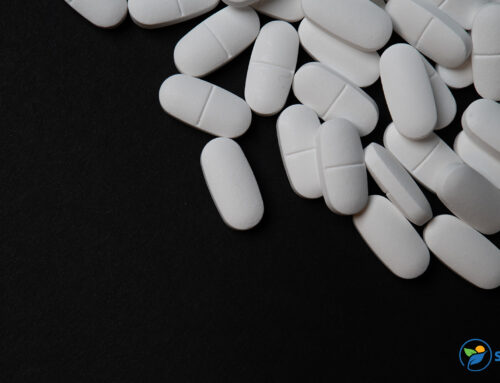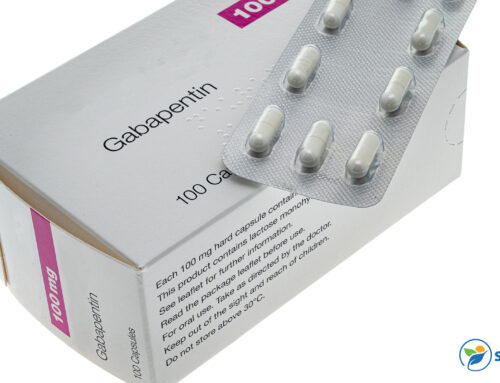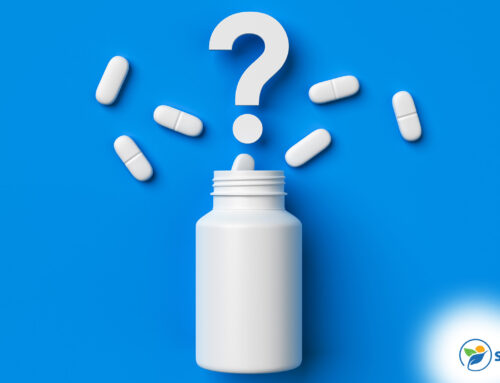The opioid epidemic has exploded across the United States and as a result has impacted individuals across all walks of life. As the death toll rises, many are asking why their loved ones fall into opioid addiction given all the facts for its impact on their lives. Let’s take a look at how opioids actually change brain chemistry.
Opioids Alter Brain Chemistry
With opioid addiction making front page news all over the world, many who have been impacted by loved ones suffering the same affliction are left wondering why so many people continue to “choose” to abuse opioids. On the surface, it would appear that all the evidence that is needed to make an educated decision to leave the drug alone is clearly laid out. However, this type of conclusion can only be drawn by someone without the knowledge or experience of addiction and how opioid addiction in particular impacts brain function and decision making.
The most common prescription opioids abused by opioid addicts in the United States are prescribed by medical professionals. These common prescriptions typically include:
- OxyContin
- Hydrocodone
- Morphine
- Percocet
- Vicodin
Addiction to pharmaceutical opioids is typically the first step in the development of a full-on opioid addiction that includes the increasing use of heroin. This progression typically occurs after an initial addiction to pharmaceuticals, however the ability to obtain pharmaceutical grade opioids is both difficult and expensive. What ultimately follows is the discovery that heroin is a more inexpensive opioid that is far more easily accessible and less expensive. Thus, most people who become addicted to heroin never thought it would happen initially – but it becomes a matter of necessity once the prescriptions stop being filled.
Chemical Interaction
Opioids have a unique makeup that cause tremendous euphoria both physically and emotionally once ingested. The structure and makeup of opioids is very similar to those of the feel-good chemicals in the brain, which allows it to stimulate various brain sites that illicit the increased production of neurotransmitters like serotonin, dopamine, and norepinephrine. While under the influence, production of these natural neurotransmitters is increased. Once the half life of the medication runs out, the individual will feel a fleeting sense euphoria that can lead to lingering depression, anxiety, and increasing desire for the euphoric pleasure to be restored. This is what many refer to as the “pleasurable reward” which leads to opioid addiction and dependence.
What we find is that the initial euphoric experience can be so strong that individuals can have a renewed awareness for a physical and emotional sensation they never thought possible. They may even feel this “high” is exponentially greater than “normality” and will struggle to live without the feeling any longer. Now that they know this elusive feeling to exist, they simply must figure out how to attain it on an ongoing basis. This pull becomes so strong that they may be willing to do anything to experience it again.
Although any rational person would be able to identify this harmful behavior that should be disregarded, it is common that an opioid-addicted person feels the need so strongly to stimulate the euphoric experience that they lose that sense of rationality in pursuit of the high. This is how full on opioid addiction evolves, and why any outside person cannot simply comprehend why they may act the way that they do. What started as simple fun has become a chemical dependence on a substance that alters their state of consciousness as well as their ability to cope with life in any other way.
Opioid Withdrawal
Opioid addiction’s influence on brain chemistry is what makes the withdrawal process so difficult. An individual withdrawing from opioids must not only withdraw from the physical dependence but psychological dependence on the substance as well. This euphoria felt from ingesting opioids is what they have come to understand as their new normal – one they never knew about before and had grown so fond of that any other way seemed boring.
While opioid addiction is not always fatal, it is so consuming that we strongly suggest anyone seeking to become sober to seek medical detox and residential treatment options to support in successfully navigating the process. Under the advisement of medical staff after having removed the individual from their unhealthy surroundings, the individual addicted to opioids can detox safely with the physical and therapeutic support they need.
The initial withdrawal symptoms can last 3-5 days. It is during this time that the individual is most susceptible to relapse. The misdirected brain functioning due to the chemical make up of opioids will cause the addict to experience tremendous physical illness. Being “dope sick” is the common reference to an individual in withdrawal that feels the need for their fix. Outside of a medical facility, the likelihood of someone seeking to get sober while undergoing this dope sick feeling by themselves is slim at best. However, with medical support and detox medication including suboxone, which is used to work against heroin while still stimulating the same brain receptors, can help alleviate the symptoms of opiate withdrawal.
As the physical symptoms take effect, so does the psychological impact. Feelings of restlessness, depression, and anxiety can be severe. The mind can be in danger as the addict recalls the only way for relief is the drug itself. Therapeutic and medical intervention can help support the opioid addict in alleviating the temporary pain, to see that healing is on the horizon.
Once the initial withdrawal stage is complete, it is not suggested that the individual be released back into their old surroundings for a while. Although the immediate pain is relieved, the lingering symptoms of addiction remain and can make the individual prone to relapse in a very short period of time. Immediate transfer to a reputable treatment program is highly recommended during this time. In doing so, the opioid addicted individual can continue to be monitored and supported through the dangerous residual influence of opioids. They are kept away from an environment that makes it easy for them to act on impulse and are instead kept within the confines of a safe environment with people that can help navigate the emotional roller coaster they are on.
Get Help Today
If you are struggling with opioid addiction and need help, contact Sunlight Recovery at (844) 426-0790for more information today. Our compassionate team of counselors are standing by 24/7 to take your call and can answer any questions you may have. Do not hesitate to get help today.







Leave A Comment